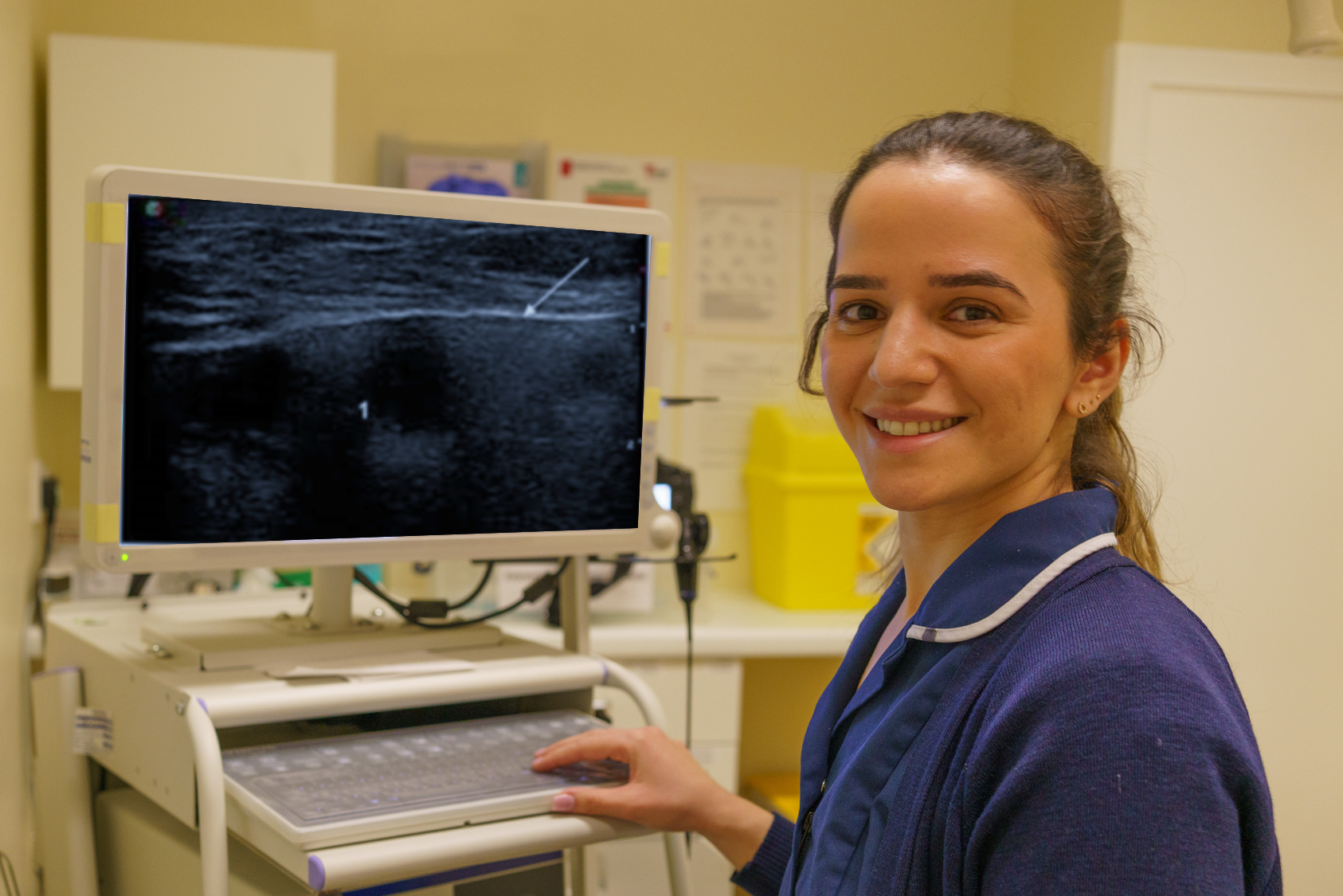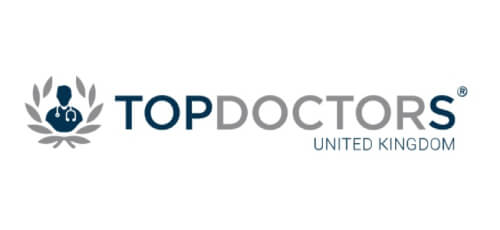90% of patients presenting with one or more lumps in the breast, the lesions are benign. Although it is always important to seek advice and obtain an accurate diagnosis.
Benign breast conditions can be divided between Congenital (inherited) and Acquired (not inherited) as below.
Congential conditions
Congential conditions are those that you inherit at birth. The below conditions are categorized by the absence or presence of breast/nipple tissues.
Amastia
Amastia is a very rare condition where both the internal breast tissue and the visible nipple do not develop right from the time you were born. This may be unilateral or bilateral anomaly.
Athelia
Athelia usually occurs with amastia. It is a very rare condition which can be defined as one not having a nipple areolar complex (NAC). This can be either unilateral or bilateral.
Ectopic breast tissue
Ectopic breast tissue is a common congential condition where accessory breast tissue is found in addition to normal breast tissue. It comes about due to failure of the embryonic mammary ridge (milk line) from maturing. It is an ectodermal thickening and can be present anywhere from axilla to groin bilaterally.
Polymastia
Polymastia is a relatively common congential condition where an individual is born with more than two breasts. It is recommended that the accessary breast tissue is removed to avoid risk of cancer development.
Acquired conditions
Mastalgia
Mastalgia is a medical term for breast pain and is rarely a symptom of a serious disease, however can be debilitating and cause anxiety. The key step in management of breast pain is accurate diagnosis as sometimes neck, muscle and chest wall problems can present a pain in the breast. Mastalgia occurs in two-thirds of women and most commonly in premenopausal women.
Breast abscess
Breast abscesses mainly affects women who are breastfeeding, as it is an accumulation of pus from infection. You will need to see a consultant who will extract the pus and treat the infection with a course of antibiotics.
Fibroadenoma
Fibroadenoma is often found in younger women and is a benign breast tumour made up of both glandular and stromal tissue. They most often are not cancerous; although complex fibroadenomas found mainly in older women have a higher risk of becoming cancerous.
Hamartoma
Hamartoma, a benign tumor, is found in women at any age but most common to those 35 years and over. This condition can cause breast swelling and deformity as it tends to keep growing.
Mammary duct ectasia (MDE)
It is a non-cancerous condition found most commonly in women getting close to menopause. It affects the milk ducts, where the ducts widen and its walls thicken causing blockage and fluid buildup.
Mondor’s condition
Mondor’s condition is the inflammatory process of the superficial veins of the breast and anterior chest wall causing them to clot. It mostly affects the outer side breast or the veins under the nipple. This condition is found in both women and men.
Periductal mastitis
This condition occurs in non-lactating women when the ducts under the nipples are infected and inflamed. A non-cancerous condition, it does not increase your risk of breast cancer.
Phyllodes tumour
Phyllodes tumours, not the same as breast cancer, are rare breast tumours that start in the connective (stromal) tissue of the breast. They are most common in women in their 40s, and women with Li-Fraumeni syndrome (a rare, inherited genetic condition) have an increased risk of getting it.
Skin conditions
Sebaceous cysts
They are harmless lumps and bumps that form under the skin. It can contain air, fluids or semi-solid materials and are mostly benign.
Eczema
Eczema can develop anywhere on your body, and can affect the skin on and around your breasts. It can cause your skin to dry out, itch, develop bumps & rashes and in severe cases may lead to formation of pus.
Squamous cell carcinoma
It is a rare malignancy of the breast. It is a tumour most often found in the older age group.




















